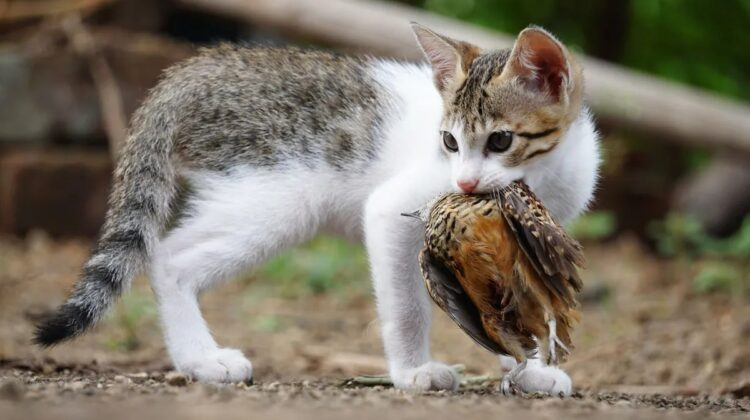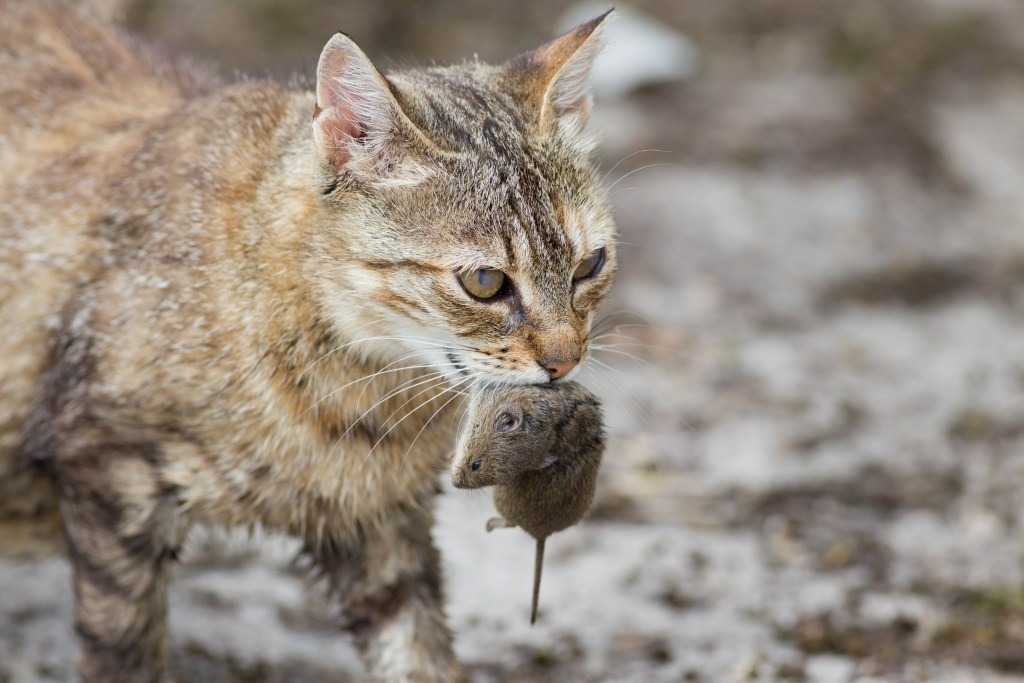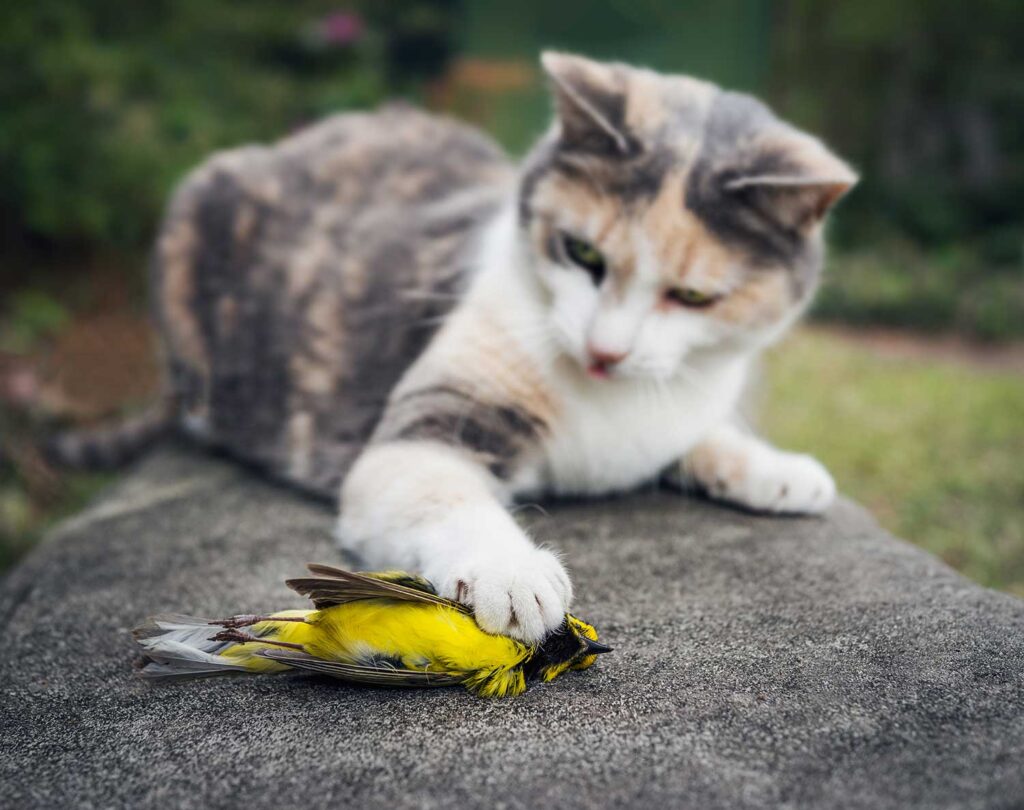
For cat owners, the age-old dilemma of whether to let their feline friends roam freely outdoors or keep them indoors has sparked passionate debates. However, a recent study, particularly relevant for those residing in Washington D.C., provides compelling reasons to consider the indoor option, and it goes beyond the typical arguments.

Daniel Herrera, lead author of the study and a Ph.D. student in the University of Maryland’s Department of Environmental Science and Technology (ENST), sheds light on a critical finding: the average domestic cat in Washington D.C. has a substantial probability of sharing space with raccoons (61 percent), red foxes (61 percent), and Virginia opossums (56 percent). These statistics raise concerns about the well-being of our beloved feline companions.
Raccoons, often perceived as charming “trash pandas,” play a concerning role as “America’s most prolific rabies vector,” as Herrera emphasizes. Red foxes and opossums are also potential carriers of rabies, posing a significant health risk to outdoor cats. Herrera warns, “By letting our cats outside, we are significantly jeopardizing their health.”

Beyond the health implications, the study addresses the commonly overlooked aspect of cats as hunters and their impact on local wildlife. While cats are often seen as effective pest controllers, the reality is more nuanced. Herrera dispels the misconception that cats primarily target non-native species like rats, stating, “Cats are keeping rats out of sight due to fear, but there really isn’t any evidence that they are controlling the non-native rodent population.” Instead, the concern lies in cats decimating native populations crucial to the local ecosystem.
Contrary to the idea that cats seamlessly integrate into the natural order as predators, the study suggests that human influence largely determines their distribution. Travis Gallo, assistant professor in ENST and Herrera’s advisor, emphasizes, “These habitat relationships suggest that the distribution of cats is largely driven by humans, rather than natural factors.”

The solution, according to Herrera, is straightforward: keep cats indoors, particularly in environments where they are likely to interact with native wildlife populations. This recommendation extends beyond preserving local wildlife; it aligns with safeguarding the health and happiness of our feline companions. As the study underscores, the decision to keep cats indoors is a proactive measure that acknowledges the impact of human choices on the delicate balance of urban ecosystems.

Leave a Reply